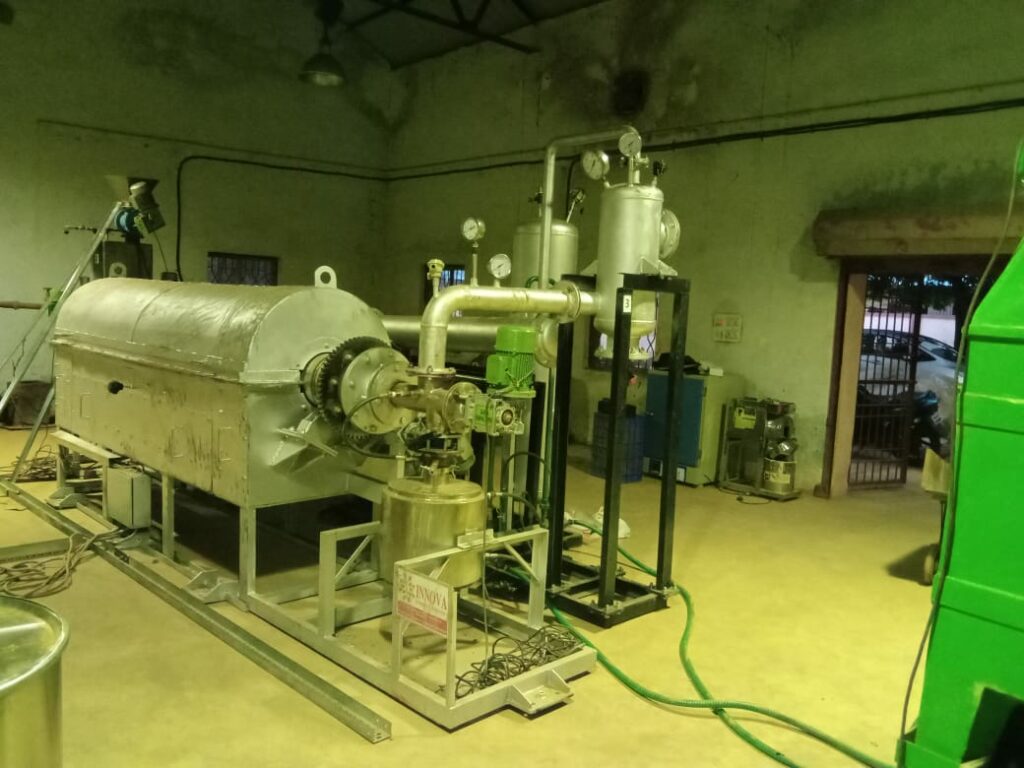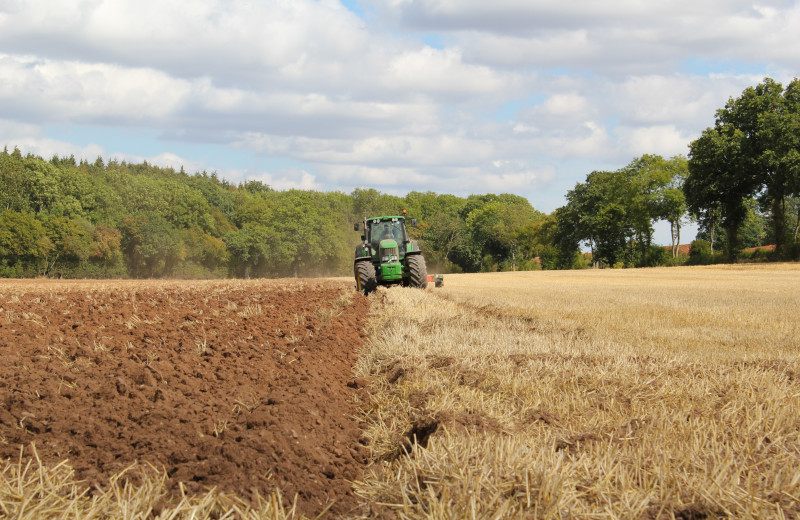Dr. Manish Kumar is a Principal Scientist at the Council of Scientific and Industrial Research’s Institute of Minerals and Materials Technology in Bhubaneshwar, and an Associate Professor at the Academy of Scientific and Innovative Research in New Delhi. Currently researching the soil benefits of potassium-rich biochar produced from banana peduncles, Dr. Kumar has published numerous articles and book chapters on biochar production.
What is biochar and why is it important?
Biochar is a charcoal-like material produced by heating plant matter in the absence of oxygen, through a process known as pyrolysis. It’s important for climate change as it can be created from agricultural waste that would otherwise be burned, which releases CO2 into the atmosphere.
When biochar is produced instead some of that carbon is retained. It can then be sequestered by applying it back into agricultural soil, as a form of carbon capture.
Can biochar help us deal with other greenhouse gases apart from CO2, such as nitrous oxide or methane?
Yes. Researchers are in the process of modifying biochar to allow it to absorb various gases and biochars are already being used to treat wastewater in order to capture nitrogen and other pollutants.
Unfortunately, if the soil is alkaline, the captured nitrogen can find its way back into the atmosphere, or be converted into nitrous oxide and get released from the soil. So big challenges remain.

What is the difference between engineered biochar and regular biochar?
The word “engineered” means that it has been made with a particular process, a specific design and for a specific application. Biochar’s properties vary based on its carbon content, its porosity, its surface area, and other things. Engineered biochar is produced in a pyroliser under a specific process with specific biochar production input parameters like heating rate, its gaseous circulation, temperature profile.
All of these things will influence the biochar’s characteristics, but are not as easily controlled in the lower-cost kilns more often used by farmers, where the biochar quality will not be uniform. That said, pyrolisers require electrical energy or fuel input, whereas kilns use the energy of the biomass itself to make the biochar.
How do you do the carbon accounting for biochar? How do you work out how effective a biochar project is in greenhouse gas terms?
You need to make it in a laboratory to really calculate how much carbon has been retained through the pyrolysis process. Likewise, whatever has gone to the atmosphere can also be calculated. The International Biochar Initiative has said that biochar should aim to retain around 90% of the biomass’s carbon. In lower-cost kiln methods, achieving this 90% is difficult; 35-40% is more common.

A recent book chapter of yours suggested that biochar at a global level could offset around 12% of emissions, but in India, it might be able to offset up to 50%. I was interested to know why that was?
Each year India produces a huge amount of agricultural waste [500 million tonnes a year, according to The Times of India], which is generally burned on farms. The government is now focusing on defining policy to reutilise this waste and stop it from contributing to carbon emissions. That’s why the Indian context is important.
Are you seeing movement towards this happening in India? Does it seem like biochar projects and research are surging?
Yes, it is gaining momentum. In India the matter is now taken very seriously, especially now the government has committed to carbon neutrality by 2070. The Indian Council of Agricultural Research is investing heavily in research but we still need to establish a business and market around it, and farmers need to be trained.
How do you determine what areas are suitable for applying biochar to soils?
Wherever there is biomass waste, biochar can be produced, but whether it can effectively be applied to the local soil is another question. Biochar cannot be applied to any soil regularly because it will remain in the soil for a long period and too much would have impacts on agriculture. We need more studies here.
That said, there is a lot of degraded land and mined wasteland that is in need of rejuvenation. In many Indian mining regions, vegetation can be established with the use of biochars, which can also stop heavy metals and other polluting elements being released into water systems. Biochar can also work in urban areas, where people are looking at mixing it with compost for better nutrient management.
Your book chapter discussed how biochar sometimes has a carbon half-life of just over a century, but also has the potential to store carbon dioxide for closer to 1000 years. So how permanent are biochar projects in terms of carbon dioxide storage?
In some soil types, carbon may degrade very slowly. It can get into the atmosphere, but that will usually take 50 to 60 years. Biochars are microbially inert, so will retain carbon for half a century or century but over the very long term, of course, they will degenerate. This doesn’t mean that all the carbon will go out to the atmosphere as a gas, though. It could simply remain in the soil itself as solid carbon micro-fractions.
- Markets, Removals
The Emperor’s new carbon credits? Silicon Valley’s non-existent offsets
Carbon removal markets are in their infancy, with avoided emissions credits still very much the norm in the voluntary carbon market. But millions of US dollars have already been spent on biochar in the emerging market for carbon removal. Do you think markets are the right way to scale biochar as a carbon removal strategy?
I think carbon credits are a good concept but with biochar the verification process will be very, very difficult. The carbon value, the soil condition, the sequestration potential; all these things are highly variable and very difficult to quantify at the farmer-field level. This all makes the matter complex and when any complex matter goes to the farmer level, there are hiccups. So I’m not so enthusiastic about biochar in this respect.
As told to Bertie Harrison-Broninski.
Read more:

- Opinion
- By Amann Thorben
- 13 December, 2022






